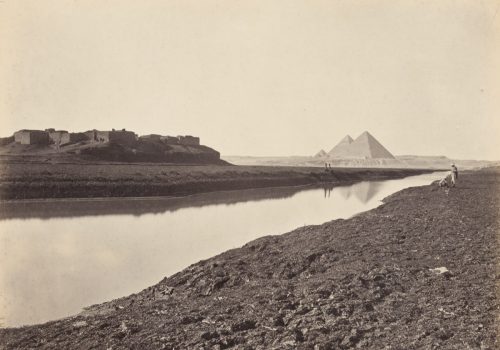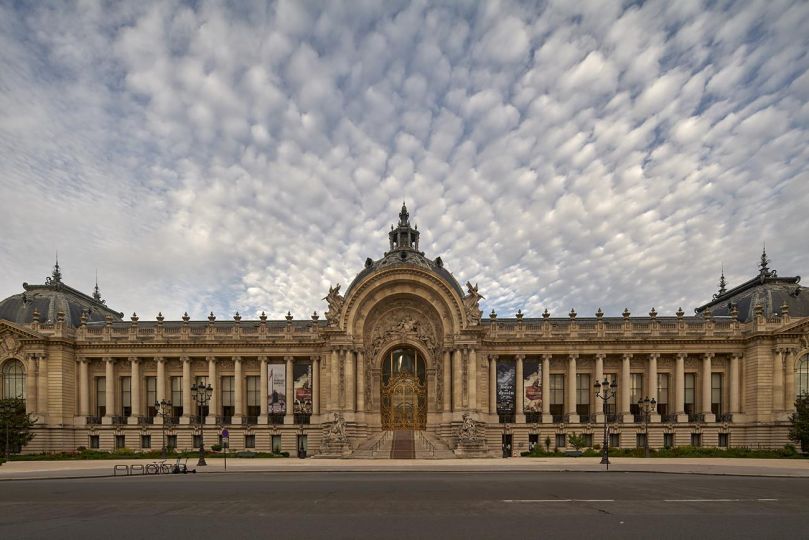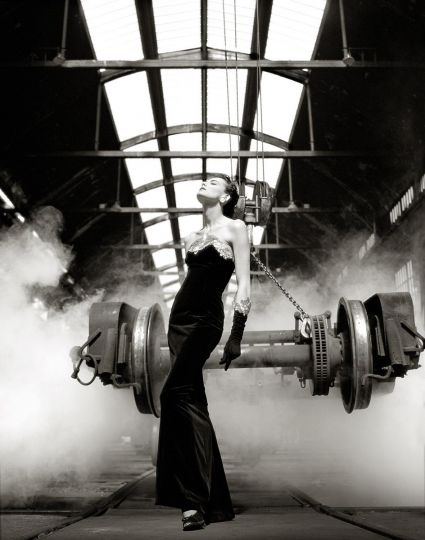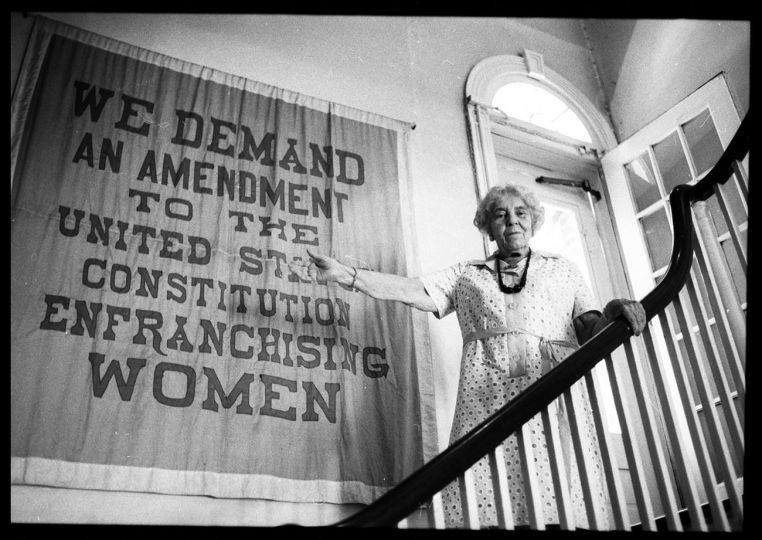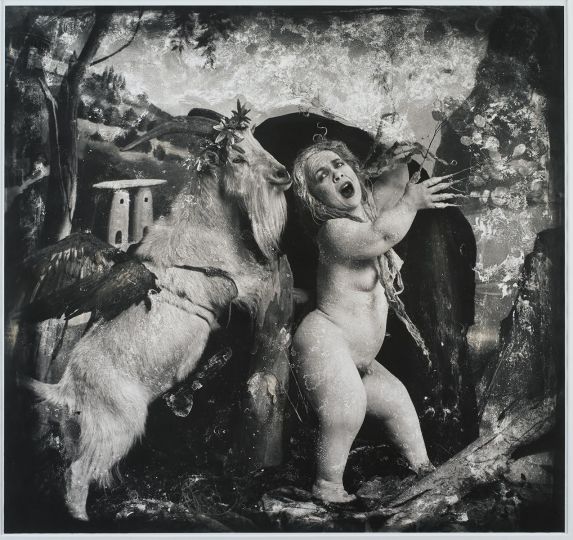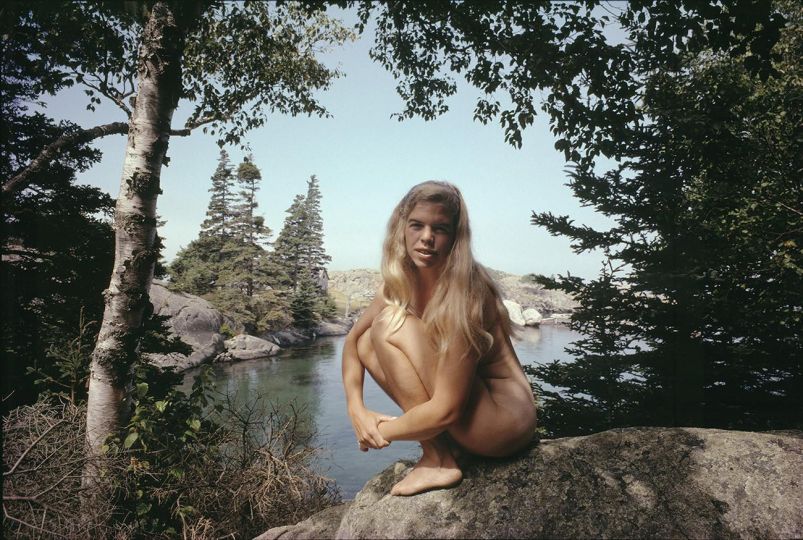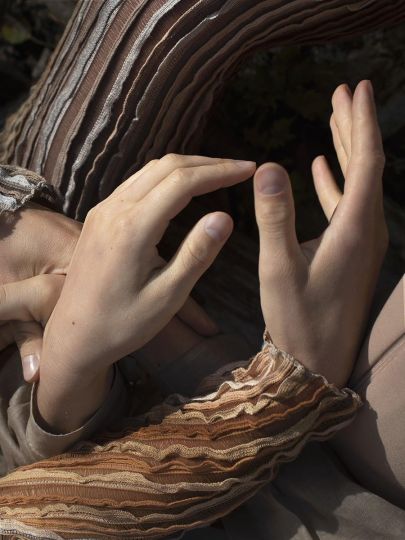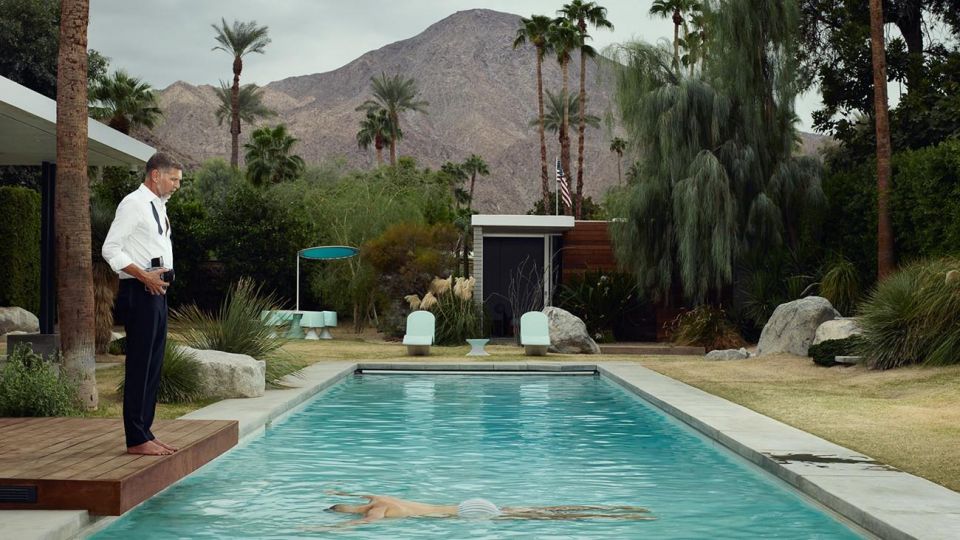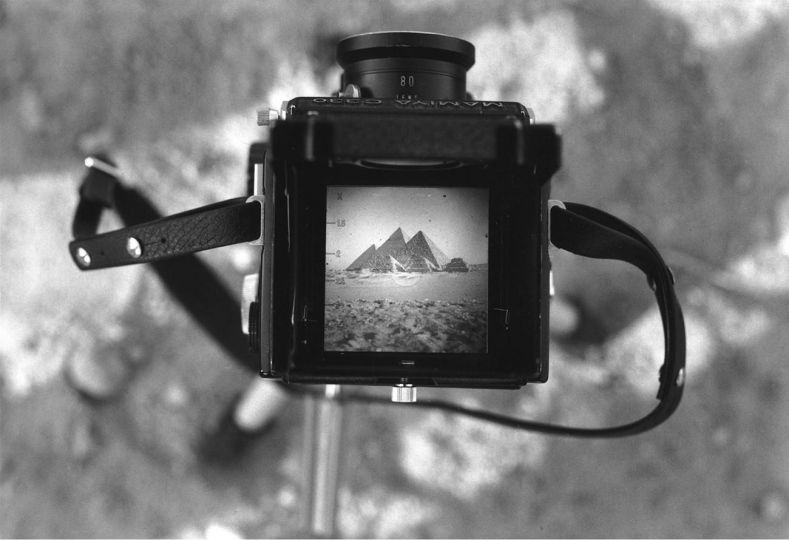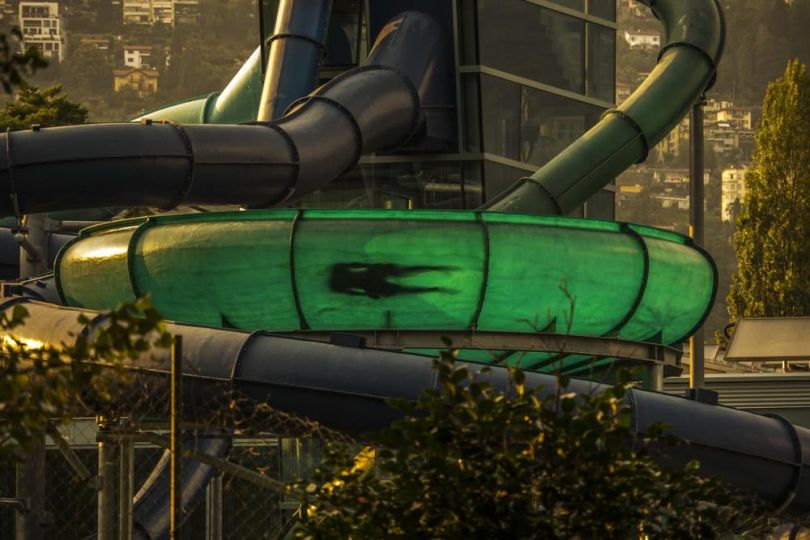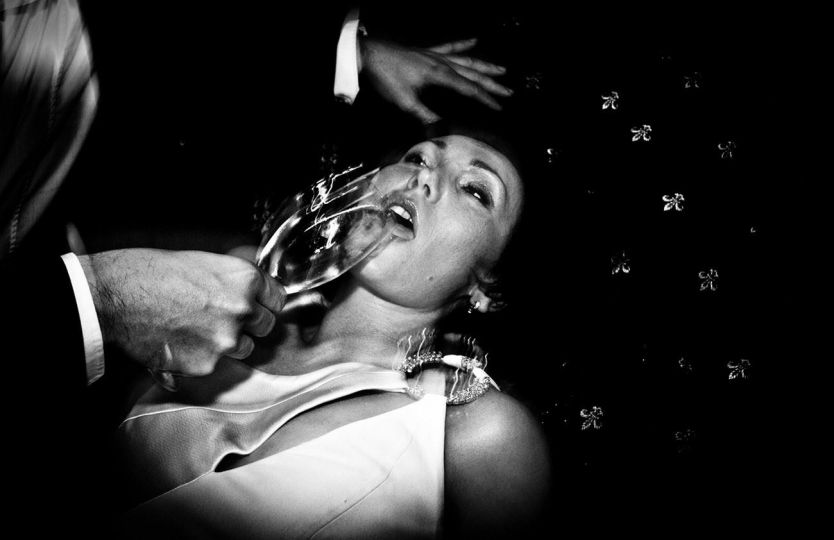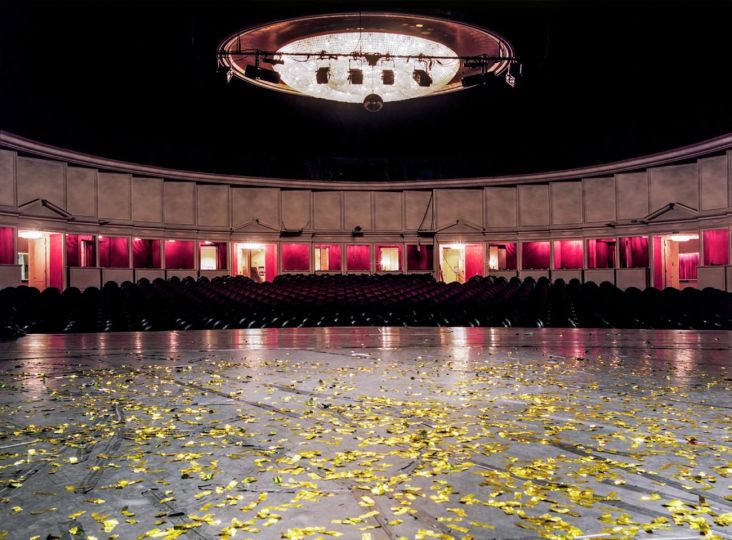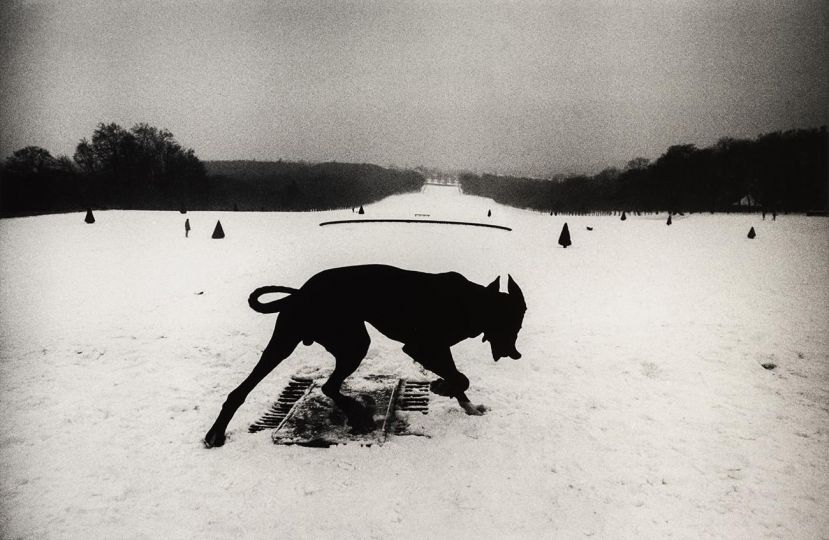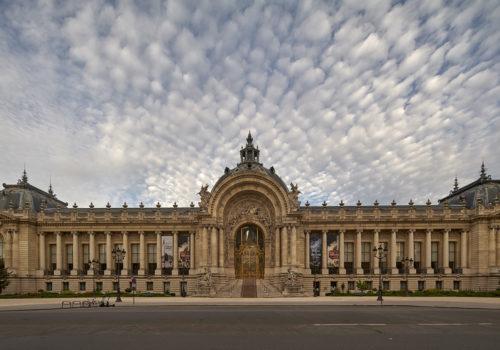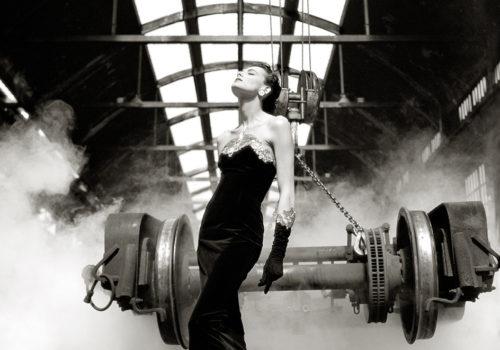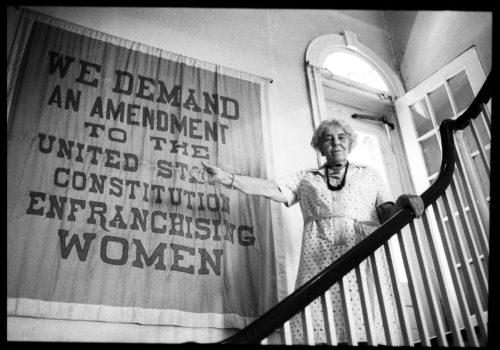From February 17 to May 14, 2018, the Musée Unterlinden in Colmar (France) features a retrospective of the work of Adolphe Braun (1812–1877). Braun was among the most influential French photographers of the nineteenth century. Today, The Eye of Photography brings you his Egyptian expedition.
Before he put the inauguration of the Suez Canal in the spotlight, the Ottoman-backed Khedive of Egypt, Ismail Pasha (1830–1895), had invited the rulers of Europe to festivities stretching between Port Said and Ismailia. The French guests included artists, such as the painters Fromentin, Berchère, Tournemine, Gérôme, and Riou, the sculptors Guillaume and Dubray, the illustrators Darjou and Morel, and the photographer Adolphe Braun. But it was Gaston Braun accompanied by the camera operator Amédée Mouilleron, who undertook the mission on his father’s behalf. Aged twenty-four, Gaston had already proven his worth during photography campaigns in Holland and Italy. Amédée Mouilleron, in turn, managed a Parisian branch of the Braun Company. Other, non-professional photographers joined the delegation, but none of them produced any images on this occasion.
Following a six-day ordeal aboard the Moeris, which sailed from Marseille only to turn into a “floating hospital,” they came ashore in Alexandria, and from there traveled to Cairo by train. On October 22, the delegation began their journey up the Nile, and reached the island of Philae on November 4. The program, put together by the French Egyptologist Auguste Mariette, was disrupted by the flooding of the Nile, and some of the landings, initially scheduled for the first leg of the journey, had to be postponed till the return trip.
Braun and Mouilleron practiced the wet plate collodion process, which entailed a number of well-known material limitations: the heavy and bulky equipment was due to the fact that the glass plate negative had to be prepared on the spot and exposed while still wet. There were also technical difficulties: high temperatures contributed to the evaporation of ether necessary in the preparation of the collodion mixture; dust would stick to the emulsion; humidity warped the wood of the camera; windblown sand would blur the image… One also had to have access to two scarce resources: water and darkness, both necessary for the development of the negatives. However the quality of light was unsurpassable.
Braun’s views included 80 images, for the most part taken in Lower Egypt: the citadel, the mosque of Sultan Hassan, and the tombs of the Mameluk rulers in Cairo; the Necropolis, the pyramids, and the Sphinx in Giza; the temple of Hathor in Dendera; the Ramesseum in Thebes; the temple of Amon in Karnak; the temple of Horus in Edfu; and the temple of Isis on the island of Philae. The photographs show panoramic views and close-ups which offer a general understanding of the sites as well as insight into the architectural detail. Invariably there are some locals striking a pose to give a sense of the scale, balance the composition, and add a picturesque note. Apart from two group portraits of the travelers, there are no images documenting the material conditions of the expedition, the Suez Canal, or the inaugural festivities. Those aspects were covered by other photographers, including Hippolyte Arnoux, Désiré Ernié, Wilhelm Hammerschmidt, and Hippolyte Délié.
The resulting prints were aimed at a diverse European clientele: enlightened amateurs seeking travel souvenirs, artists on the lookout for inspiring documents… Among the painters taking part in the inaugural journey, only Eugène Fromentin (1820–1876) would directly draw on Braun’s photographs for inspiration in his compositions.
The series of views of Egypt marks a pivotal moment in photographic Orientalism. These pictures were still a product of “dreams of Orient,” typical of early explorers and amateur photographers, while at the same time foreshadowing images widely circulated from the 1870s onward by professional photographers with local practice set up to satisfy the demand of the first tourists.
Adolphe Braun: L’évasion photographique
February 17 to May 14, 2018
Musée Unterlinden
1, rue des Unterlinden
68000 Colmar
France
http://www.musee-unterlinden.com/
Exhibition catalog (French and German editions)
Adolphe Braun: Une entreprise photographique européenne au 19e siècle
Published by Editions Schirmer / Mosel
260 pp (French edition) €35
360 pp (German edition) €58

